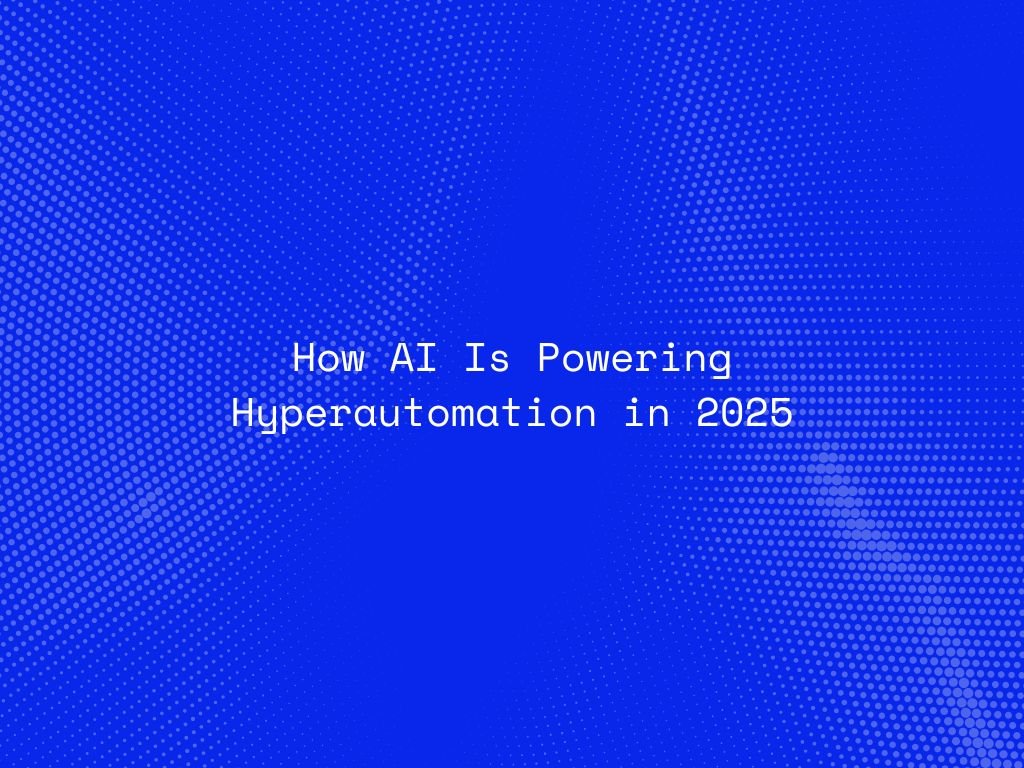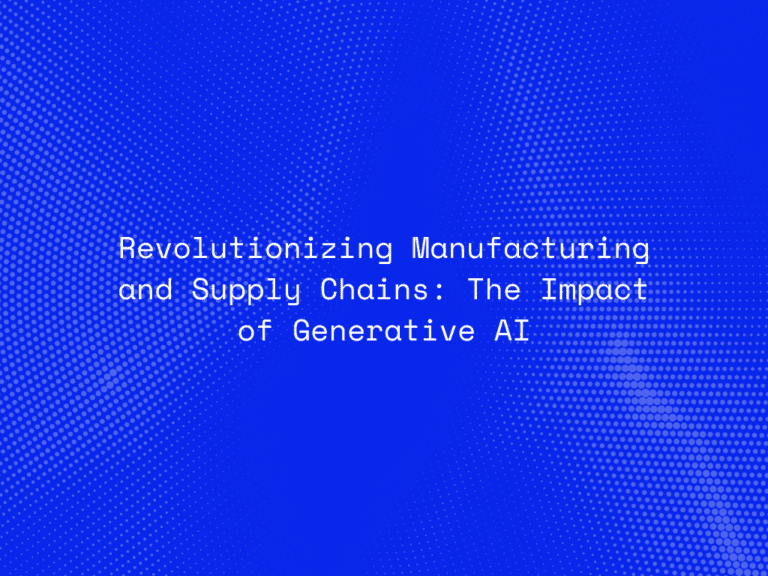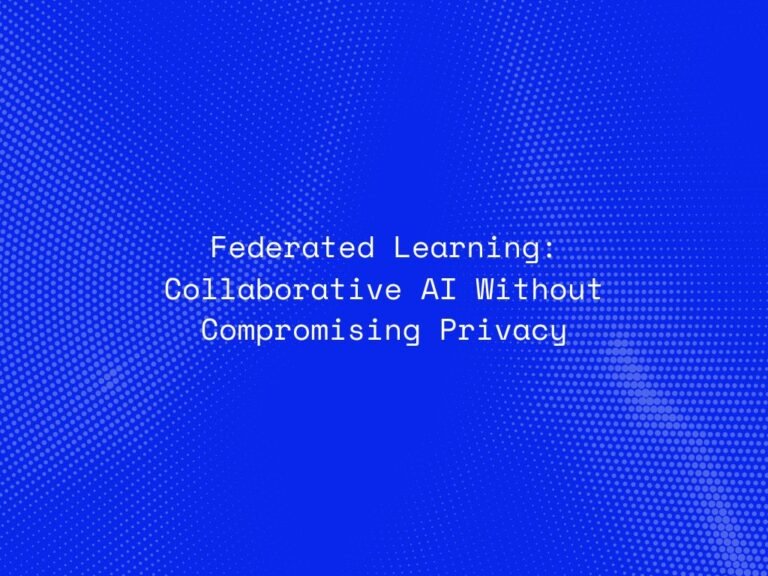In recent years, automation has been a central driver of digital transformation. Yet by 2025, businesses are no longer just automating repetitive tasks—they are embracing hyperautomation, a strategy that combines artificial intelligence (AI), robotic process automation (RPA), machine learning (ML), and advanced analytics to automate complex, end-to-end business processes.
Hyperautomation is not about replacing humans; it is about creating intelligent, adaptive, and self-learning systems that help organizations achieve unprecedented levels of efficiency, accuracy, and innovation. At the heart of this revolution lies AI, the technology that turns automation into a powerful strategic advantage.
What Is Hyperautomation?
Hyperautomation goes beyond traditional automation by integrating multiple advanced technologies. While RPA automates rule-based tasks, hyperautomation uses AI to handle unstructured data, make predictions, and continuously optimize workflows.
In 2025, hyperautomation is becoming the cornerstone of enterprise strategy, enabling businesses to move from isolated automation initiatives toward holistic, organization-wide transformation.
The Role of AI in Hyperautomation
AI acts as the intelligence layer that makes hyperautomation possible. Some of the key contributions include:
-
Natural Language Processing (NLP): Enables machines to understand and process human language, improving customer service chatbots, document processing, and voice assistants.
-
Computer Vision: Allows systems to interpret images and videos, enhancing quality control in manufacturing and fraud detection in finance.
-
Predictive Analytics: Helps businesses anticipate demand, detect anomalies, and optimize supply chains.
-
Cognitive Decision-Making: AI-driven algorithms analyze data to recommend or even execute decisions without human intervention.
-
Self-Learning Systems: AI continuously improves processes through reinforcement learning and feedback loops.
Together, these capabilities transform hyperautomation into an intelligent ecosystem.
Hyperautomation in Action: Key Use Cases
1. Financial Services
Banks and insurers are using AI-powered hyperautomation to streamline loan approvals, detect fraud, and improve compliance reporting. Processes that once took weeks can now be executed in minutes.
2. Healthcare
From automated patient scheduling and billing to AI-driven diagnostics, hyperautomation helps healthcare providers enhance efficiency while improving patient outcomes.
3. Manufacturing and Supply Chain
Smart factories in 2025 rely on AI to predict equipment failures, optimize production lines, and manage global supply chains with minimal disruption.
4. Human Resources
AI streamlines hiring, onboarding, payroll, and employee engagement processes—freeing HR professionals to focus on strategy and culture.
5. Customer Experience
Enterprises are deploying hyperautomation to create seamless customer journeys, with AI-driven personalization and automated support ensuring better satisfaction and loyalty.
Benefits of AI-Powered Hyperautomation
-
Efficiency at Scale: Entire workflows can be automated, not just isolated tasks.
-
Cost Optimization: Reduces manual labor costs and minimizes errors.
-
Agility: Businesses can quickly adapt to market changes with AI-powered insights.
-
Enhanced Accuracy: AI minimizes errors in areas like compliance, data entry, and reporting.
-
Innovation Enablement: Employees are freed from repetitive tasks, focusing instead on innovation and strategy.
Challenges and Considerations
While promising, hyperautomation comes with challenges:
-
Integration Complexity: Combining RPA, AI, and legacy systems requires robust planning.
-
Data Privacy and Security: Automated processes must comply with data protection regulations.
-
Workforce Transformation: Employees must be reskilled to collaborate with intelligent systems.
-
Governance and Oversight: Clear accountability is needed to avoid over-reliance on AI-driven decisions.
Organizations that address these challenges proactively will be best positioned to reap hyperautomation’s rewards.
The Future of Hyperautomation Beyond 2025
Looking ahead, hyperautomation will become increasingly autonomous. With advances in generative AI, causal reasoning, and edge computing, intelligent systems will handle more sophisticated tasks—from real-time supply chain reconfiguration to adaptive city infrastructure management.
By 2030, hyperautomation will no longer be a differentiator—it will be a necessity for competitiveness, reshaping how businesses and industries operate on a global scale.
Conclusion
AI is the driving force that makes hyperautomation in 2025 possible. By combining intelligence with automation, businesses are not only streamlining operations but also unlocking opportunities for innovation, resilience, and growth.
Just as electricity powered the industrial revolution, AI-powered hyperautomation is fueling the digital revolution—reshaping enterprises for a smarter, faster, and more adaptive future.




